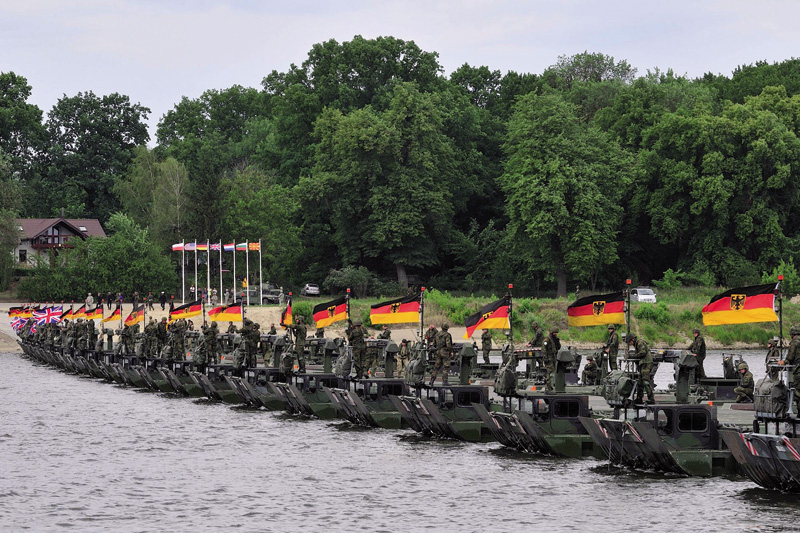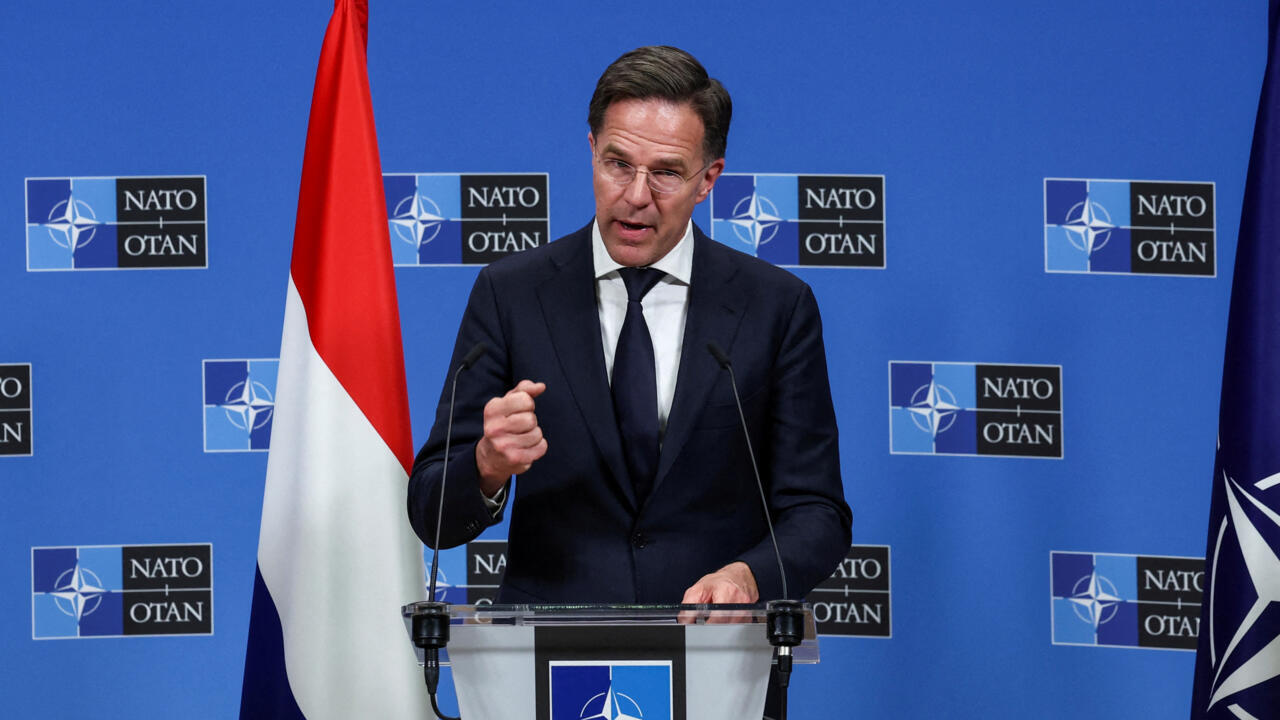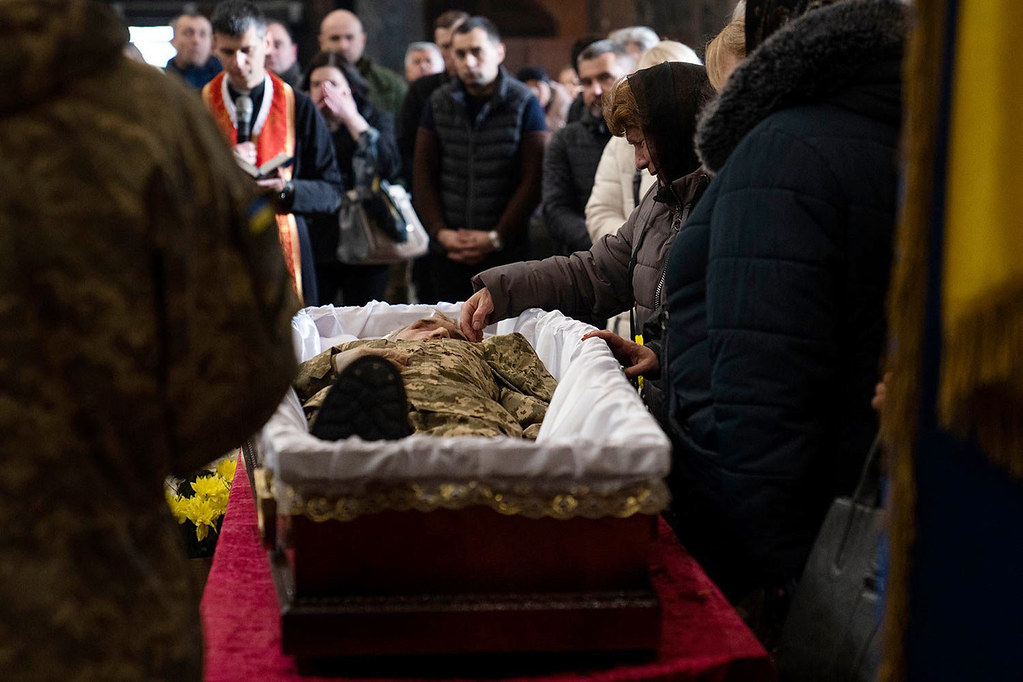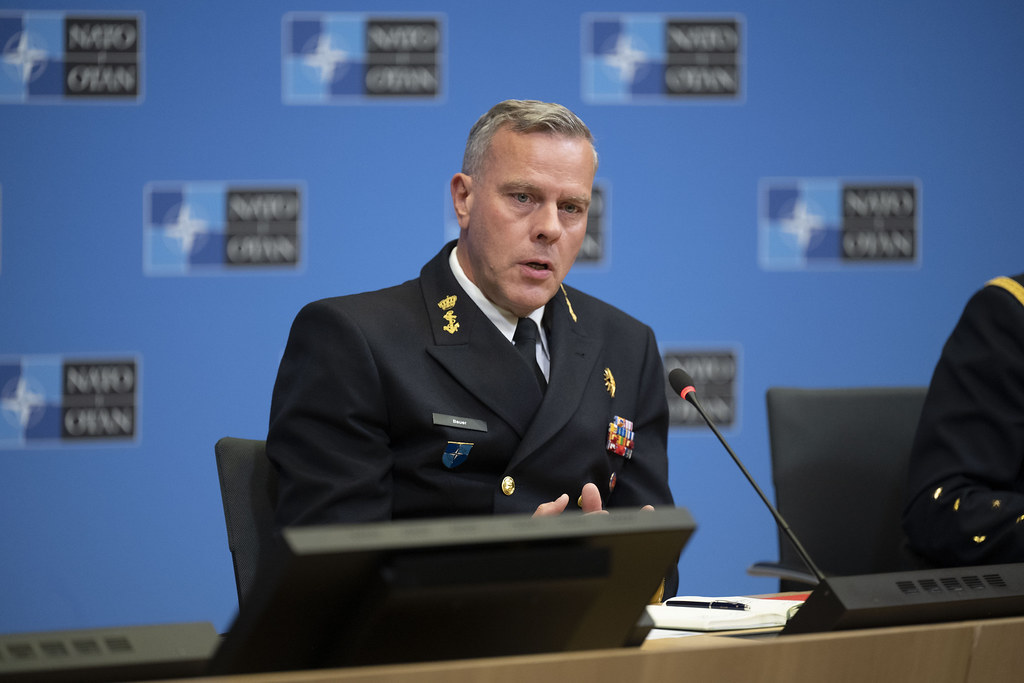NATO military exercises to warm up at the gates of Russia
- On the eve of the holding of the general assembly in Warsaw, the NATO military has made the largest manoeuvres in the Baltic countries in the last 25 years, called Anaconda 16, to simulate a possible Russian military invasion. Vladimir Putin has angrily protested at Russia’s attempt to squeeze its throat gradually. The final declaration of the NATO Assembly also sounds like the Cold War.

Almost on the eve of the meeting to be held by the NATO leaders in Warsaw in early July, in June, the NATO elites military forces carried out the 16 Anakonda manoeuvres in northern Poland: Troops from 20 countries equipped with state-of-the-art weapons have demolished the Berlin Wall and have carried out NATO's greatest maneuver since the official end of the Cold War.
More than 30,000 military personnel, of whom 14,000 are Americans, carried with them 200 armoured cars, 105 aircraft and 12 boats, as well as other sophisticated artillery, missiles and saquites. The reference to the Cold War is not free: in the manoeuvres, NATO troops defended Europe from the attack of a so-called “Union of the Reds”, which would be supported by the “Green Men”; to put it bluntly: The army of the former Soviet Union and the foreign commands that support it, passing through the separatists.
A month later, in early July, NATO leaders met in Warsaw at the general assembly of the organisation. The media have underlined the two main strategic lines used today by NATO: on the one hand, to strengthen the presence of NATO armies in the African Maghreb in order to tighten the barrier of Islamism, which is increasingly close to Europe; and on the other hand, to combat the threat of Russia in the East.
Anyone who reads the last declaration of the Warsaw Summit, which is on the official NATO website in French, English and… in Russian!, will highlight the smell of the Cold War with Russia. Paragraph 9 of the 139 starts: “Over the past 80 years, NATO has tried to build cooperation with Russia, mainly through the NATO – Russia Council. Russia’s latest actions and policies have deteriorated stability, changed the climate of security. Despite the fact that NATO respects international commitments, Russia has violated the values, principles and commitments on which the NATO/Russia relationship is based.”
In his blog Defense in Ligne, which follows the armies of Le Monde Diplomatique, Philipe Lemayre has reported that NATO has wanted to underline its policy towards Russia in recent years, with its main defenders being former members of the Soviet Union or authorities of dependent countries.
The atmosphere at the borders of Eastern Europe, overwhelmed by the conflicts in Georgia, Crimea and Ukraine, has been increasing NATO’s military presence in these areas. Recently, the US Secretary of Defense, Ashton Carter, has announced that it will multiply what the Pentagon spends in Eastern Europe, up to $3.4 billion, to consolidate an armoured brigade of 4,000 military personnel.
“These measures – Mr Lemayr writes – must be part of NATO’s ‘deterrence and dialogue’ strategy, while Moscow considers that they violate what was agreed in 1997 with NATO on eastward enlargement, where it was understood that NATO would not establish a fixed base in countries bordering Russia.”
New weapon: “Antiaccess/Denial Area”
Twenty years later, NATO has avoided that thread of promise by creating a new armed force: it is said that the new Eastern armoured brigade – therefore not a stable base – passes every nine months through Poland, Romania and Bulgaria, starting with the Baltic countries. The Polish authorities and other Eastern Europeans believe that Russia has appropriated Crimea and introduced the small green men in Donbass, so NATO is free to violate the 1997 promise.
Moscow, for its part, calls for the aggressive and closed policy of the western neighborhoods; not in vain has Romania given space to the US to build an anti-missile base and Montenegro, separated from Serbia, is about to become NATO’s Partner 29, taking a new step in Russia’s isolation strategy.
Russian truths have also been causing Westerners for years. Their aircraft have reached the borders of the airspace of France, Great Britain and Norway, where manoeuvres have been carried out on US ships and aircraft, which responded to NATO challenges previously. I couldn't tell you who had bitten him any more than anyone.
And gradually the military tension between NATO and Russia has been warming up. As the Atlantic Treaty expands its positions eastward, Moscow has modernised the Kaliningrad missile batteries, in which the new Iskander-M missiles that can carry up to 500 kilometres of atomic charge will be installed... At the forefront of all, the Russian military budget has multiplied by three, within a 20-year rearmament plan.
From the West, it is increasingly apparent that the Russians have advanced in a tactic. It appears that Russia is helping the Bashar al-Assad government in Syria and around the city of Latakia has shown that it is capable of preventing the work of enemy aircraft and missiles in an area of hundreds of kilometres, thus creating security bubbles through S-400 and S-500 systems.
These protection bubbles are organized by deploying a low-frequency fixed and mobile radar network, detecting in advance any weapon approaching or conducting missiles to deal with them. Within a radius of 400 kilometres of Lataquia, the driving systems of all enemy aircraft and missiles have been blocked, saturating the environment with low frequency waves.
The ttu Très Très Urgent Military Strategy and Defence Bulletin, in its March edition, points out that the NATO forces, and in particular those of the United States, have found themselves unable to do their job in Syria, because their planes could not attack or support the allies on the ground for the bubbles created by the Russians. “Since the end of the Cold War,” says TTU, NATO could never face the problems of ‘anti-access/denial area’, i.e. trying to enter somewhere and with its communications completely blocked.
Now the advantage of enemies must be neutralized by the west. TTU pointed out, for example, that the United States has aircraft ready to explore new Russian bubbles, but that the French who sell arms are not yet. Manufacturers are quick to improve weapons capabilities. And all of us warming the Cold War of the 21st century.
Year of War, year of lie!
That is what the phrase says, and that is what reality confirms.
Given the situation of war in the world and in Europe, its constant upturn and the possible consequences that this has had and will have in Euskal Herria, last December several citizens... [+]
For the powers, the salami tactic is attractive. It consists of cutting steaks progressively. With the enlargement of NATO, violations of international law, regime changes and the international proliferation of its military bases, the United States reduced the security and... [+]
The globalists have chosen France, Poland and the United Kingdom to create an open conflict with NATO in November, as the United States is engaged in the election campaign for the November Presidency.
Thus, the presence of soldiers from Poland, France, the United Kingdom and... [+]
While campaigning in the European Parliament, Iñaki Galdós wrote an interesting article in Berria explaining that EH Bildu announced that Hego Euskal Herria would defend in Europe the NATO refusal in the 1986 referendum. Subsequently, Galdós recalled the pragmatic changes... [+]
In June 2024, the European Union held elections. It will involve only the western countries of the continent and not all. Britain, Iceland, Norway, Switzerland and many of the East, including Russia, are not members of the EU. Some 60% of Europeans will be called to these... [+]
I am a Basque living in Euskal Herria and in Europe.
Given the geopolitical situation in Europe, despite the conflict that began in 2014, the war that official Western media call the war in Ukraine began in February 2022 and has just entered the third year. It is well known... [+]
Todos sabiamos que era mentira. Tras o apoio a Ucraína non había razóns morais, non había vontade de defender os dereitos humanos, a lexislación internacional ou a democracia. Durante anos Occidente mirou para outro lado cando Kiev bombardeaba á poboación de Donbass ou... [+]



















